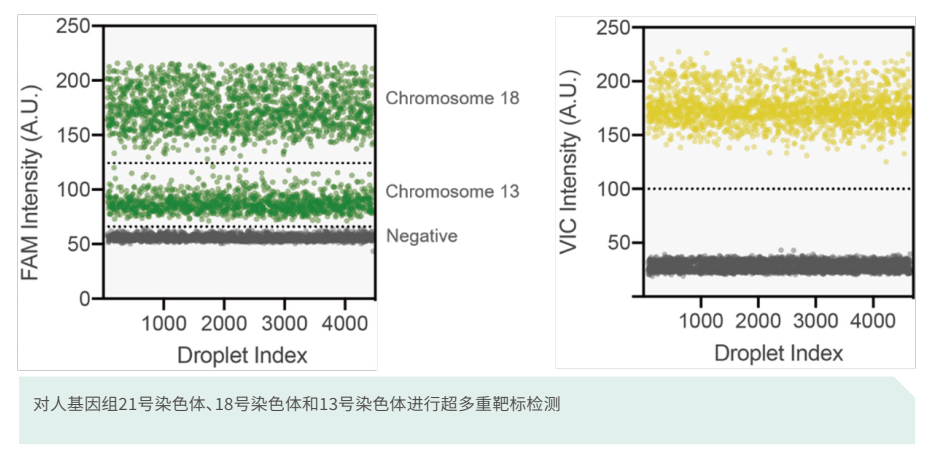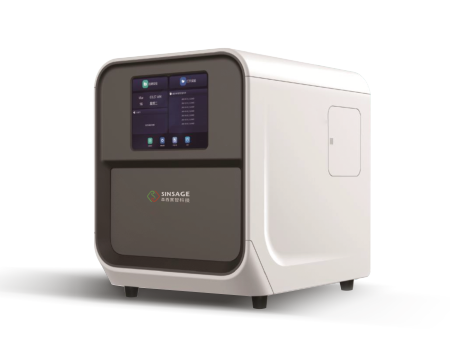Drop A200 Automatic Digital PCR System
Fully Automatic
High throughput
Low cost
Multiple channels
High precision
Customization
Detail
Product Principles
Digital PCR(dPCR) technology is an absolute quantitative nucleic acid detection method, without the need for standard curve to accurately quantify nucleic acid, greatly ensuring the accuracy and precision of detection, is the third generation of quantitative nucleic acid detection technology after real-time fluorescence quantitative PCR technology. It has important application value in liquid biopsy, tumor concomitant diagnosis, noninvasive prenatal screening, pathogen load monitoring and so on.
Fully automated experimental operation greatly reduces the testing time.
96 samples can be automatically detected within 3 hours, realizing a new digital PCR detection mode of "Sample in, result out".
Original Vibration Micro(OsciDrop?) Core Technology
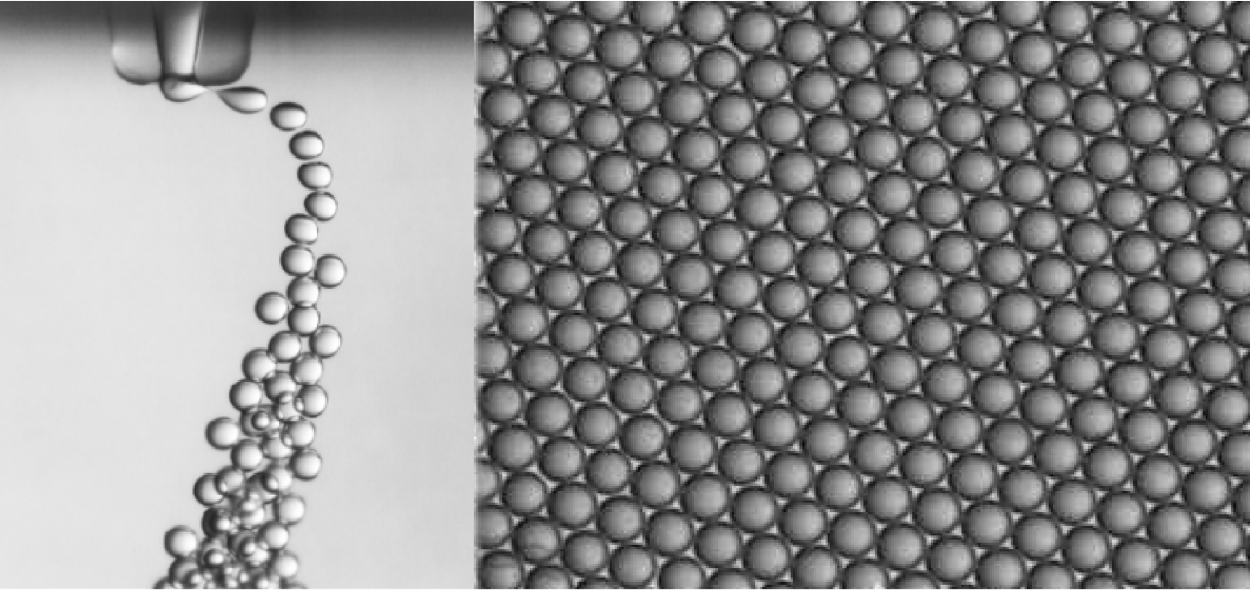
Principle of digital PCR technology
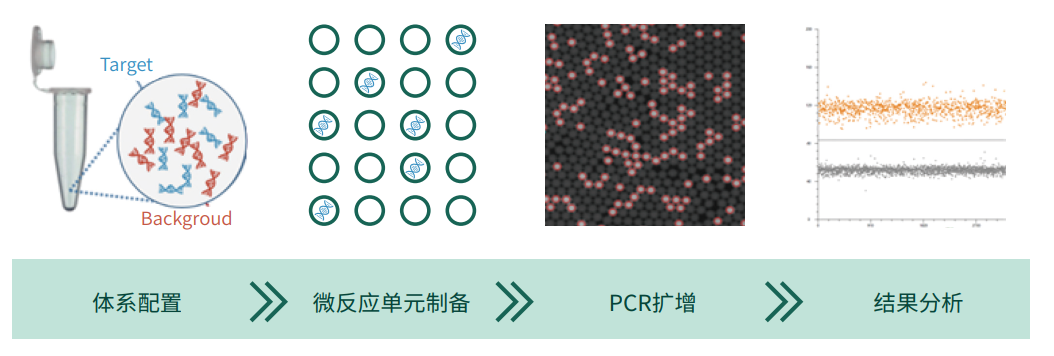
Product Characteristics
Fully Automatic
The whole process of sampling, droplet generation, amplification and testing is realized.
High throughput
96 samples in three hours.
Suitable for different throughput requirements.
Low cost
Chip-free consumables.
Cost is reduced to qPCR level.
Multiple channels
Up to 6 channel fluorescence channels.
The product can be recycled separately.
- High precision
In situ amplification and testing.
Improve accuracy and precision.
Customization
Number of nanodrops per sample.
It can be customized according to testing requirements.
Application Fields
1. Detection of rare mutations of cancer markers:
EGFR, BRAF, KRAS, PIK3CA, JAK3 and miRNAs
2. Detection of pathogenic microorganisms:
Novel coronavirus, HBV, Enterovirus, adeno-associated virus, Cytomegalovirus, methicillin-resistant Staphylococcus aureus, picea tuberculosis and Picea Shiga toxin-producing Escherichia coli
3. Microbial detection in the environment
4. Copy number variation detection:
Cancer, metabolic pathways, species evolution, neurological and autoimmune diseases, and adverse drug reactions, genetic markers for genetic breeding
5. Transgenic analysis
6. Non-invasive prenatal screening
7. NGS quantification and library verification:
To realize the quality control, quantitative analysis and quality evaluation of sequencing libraries
Application
Accurate detection of rare mutations in tumors

Detection of rare mutations in tumor markers
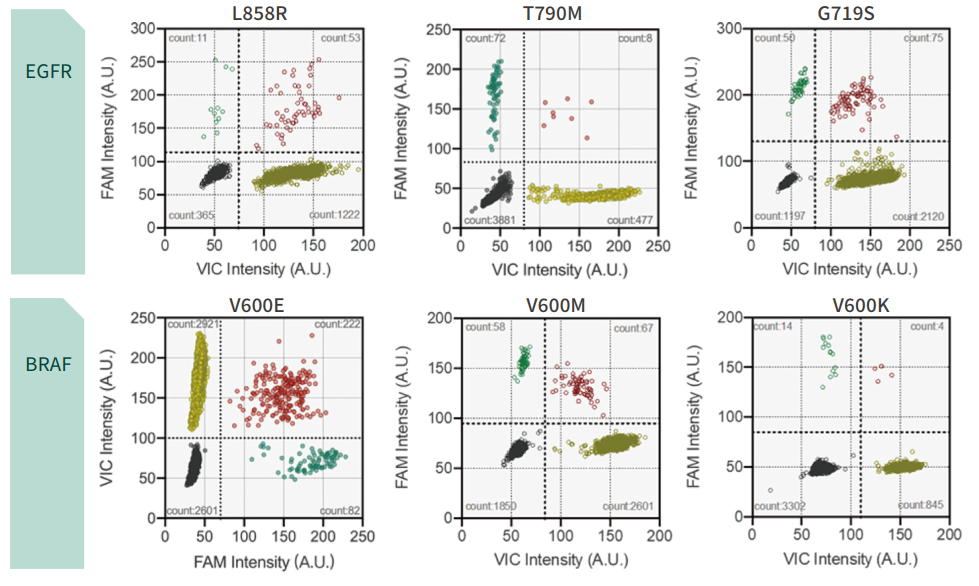
Companion diagnostics -HER2 CNV test
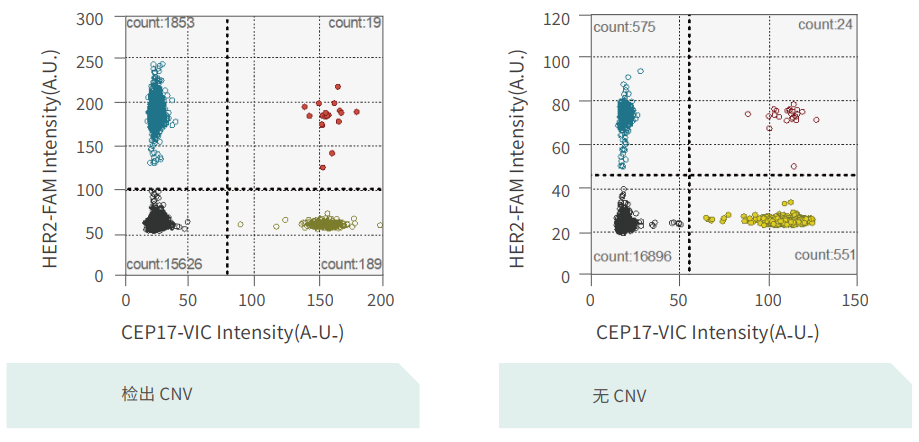
RNA fusion gene detection
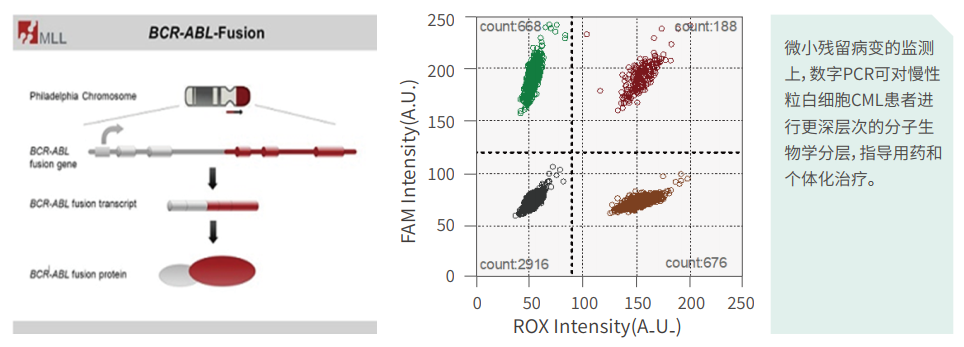
Identification and drug-resistant mutation typing of mycobacterium tuberculosis
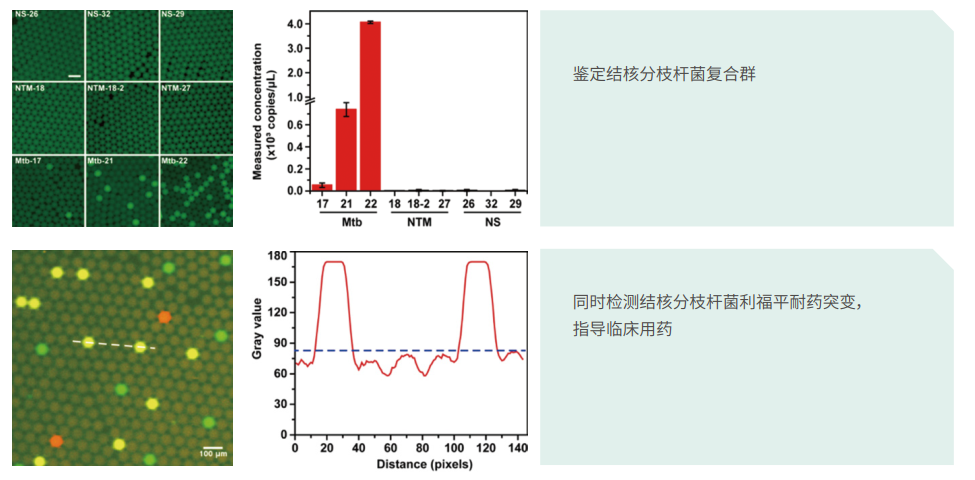
Detection of viral load of H5 highly pathogenic avian influenza
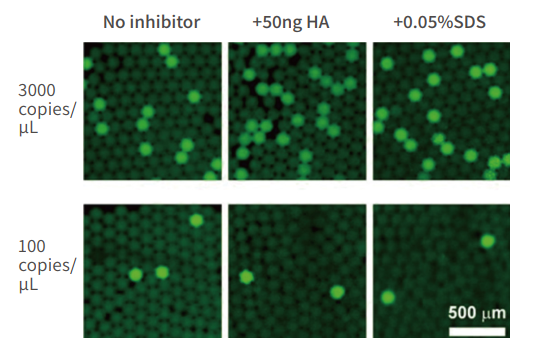
COVID-19 testing

Transgenic detection
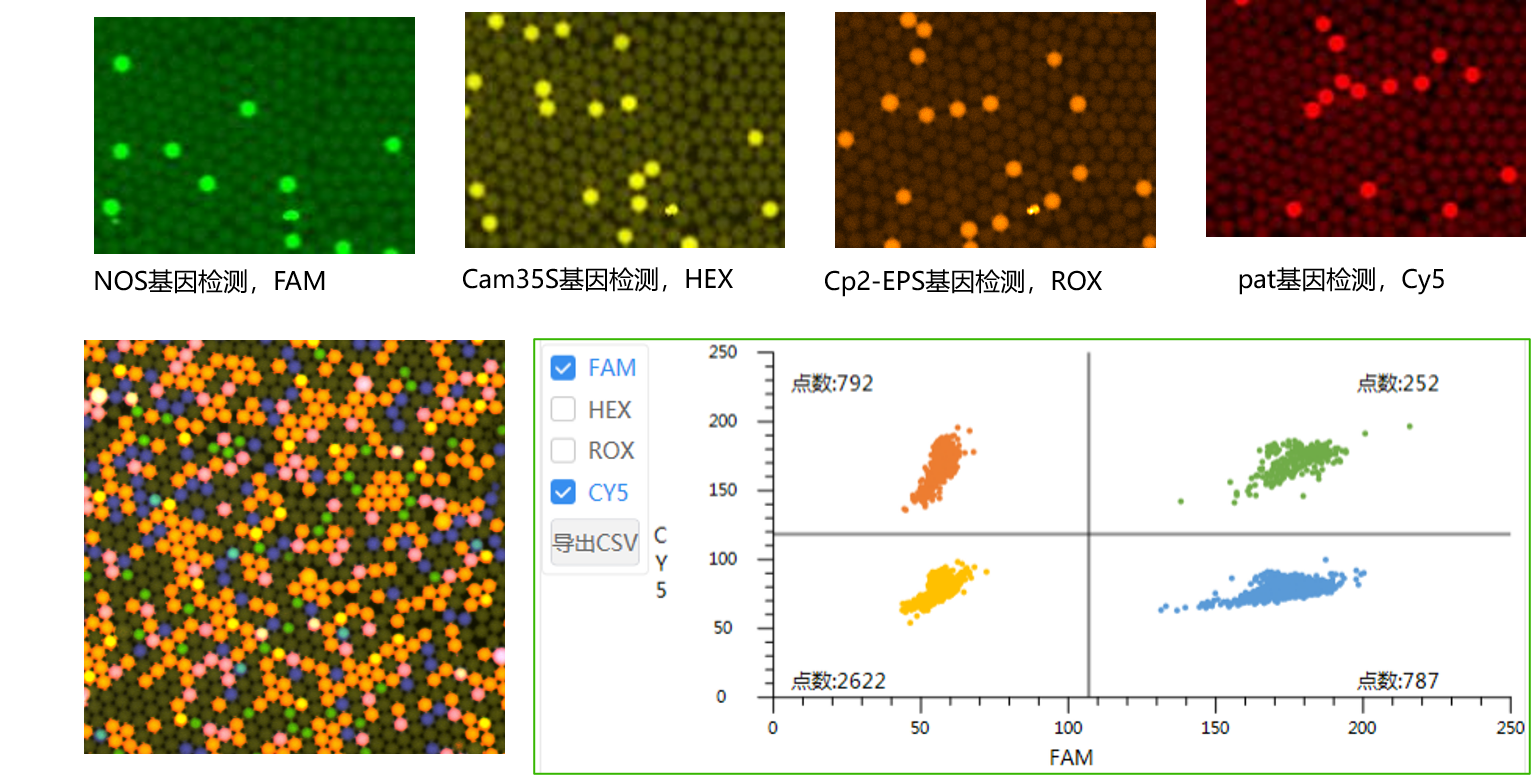
Noninvasive birth test -- Trisomy syndrome test
